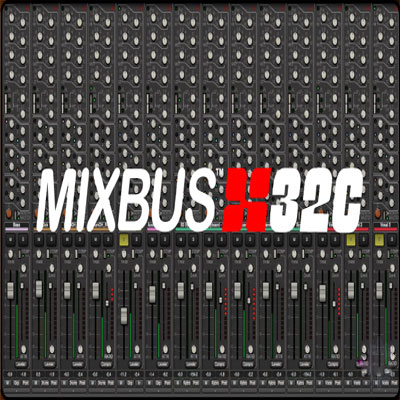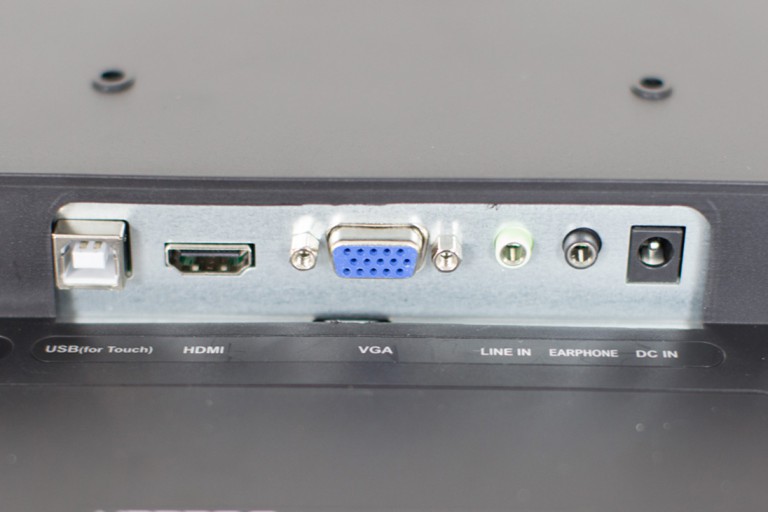

#SLATE MTI2 WITH MIXBUS 32C V5 PDF#

The fan-out process forces the monitor to INPUT so you can hear the tracks without having to rec-arm them. Once you’ve printed the tracks to audio, you’ll need to switch the track monitoring from “IN” to “ DISK”. Once the arrangement is complete, you can print the instrument outputs by record-arming the tracks, record-arming the master rec-enable and rolling through your song. The user must manually create buses and/or tracks to receive the separate outputs of the instrument track. The instrument will still be created multichannel outputs, but no resulting buses will be created. If the default stereo “fan out” isn’t desired, then disengage the “fan out” checkbox. If you drag an instrument from the “favorites” list in the mixer window, it will be configured as a stereo-out plugin. If an instrument plugin is drag-copied from one channel to another, it will be configured as a stereo-out plugin. Other operations and their effect on multichannel instruments: It also allows fine-grained editing, just like real drums. This future-proofs the session, in case the instrument is no longer available. But it is desirable to “print” the drum tracks to audio, once the major arranging is done. !In versions before v5.3, Mixbus created “buses” instead of tracks. This prevents the first 2 outputs of the instrument being double-assigned to the master bus, because the first 2 outputs of the instrument are still playing through the strip. ! You’ll notice that the instrument track’s “ MSTR” master-bus-assign button has been disabled. In third-party plugins, the resulting buses will be numbered 1….N. In the bundled drum plugins, each resulting bus will be labeled with the drum it represents (kick, snare, etc). …this will result in 9 additional tracks. To utilize these plugins in multichannel mode, it is necessary to initiate the operation from the “Add Track” dialog:Īnd then in the “Plugin Setup”, select ’9 Channels’ and ‘Fan Out’ (these are enabled by default) Setting up a multichannel instrument with fanned-out tracks: Perhaps in the future we will add an option to create mono tracks instead of stereo tracks. !If your instrument does NOT use stereo outputs (Addictive Drums is one example) then you’ll have to visit “Window->Audio Connections” and assign your outputs to both the left&right inputs of the desired track. (the bundled Black Pearl and Red Zeppelin kits are smarter, and can create a mix of mono and stereo outputs) Starting with v5.3, Mixbus creates stereo buses and connects them to each pair of instrument outputs. *There is a convention among VST and AU plugins that the “Fanned out” buses should be stereo pairs. Rather than make these connections yourself, it is much faster to let Mixbus do these connections for you. When a multichannel instrument is created, you want each sound to appear on its own mixer strip in Mixbus. AU instruments can have a variable number of outputs while VST instruments, and Mixbus’s bundled LV2 instruments, pre-define how many channels they can support. The different plugin formats behave differently for multichannel outputs. Some examples of third-party multichannel drum instruments include Native Instruments Kontakt, Toontrack’s EZDrummer, or Melda’s MDrummer. Mixbus provides 2 multichannel “drum” instruments: “Black Pearl Drumkit Multi” and “Red Zeppelin Drumkit Multi”. This allows (for example) a drum instrument to provide a separate output for each virtual “microphone”. Some virtual midi instruments provide more than stereo outputs.

Appendix C: Videos (Training and Tutorial).AVL Drumkits: Black Pearl and Red Zeppelin.Presonus Faderport, Faderport8 and Faderport16.Mackie MCU-compatible fader controllers.Combining Clips and Linear Tracks (advanced).Selecting Patches for Audition of MIDI Files.Showing and Hiding Tracks in the Cue Window.



 0 kommentar(er)
0 kommentar(er)
